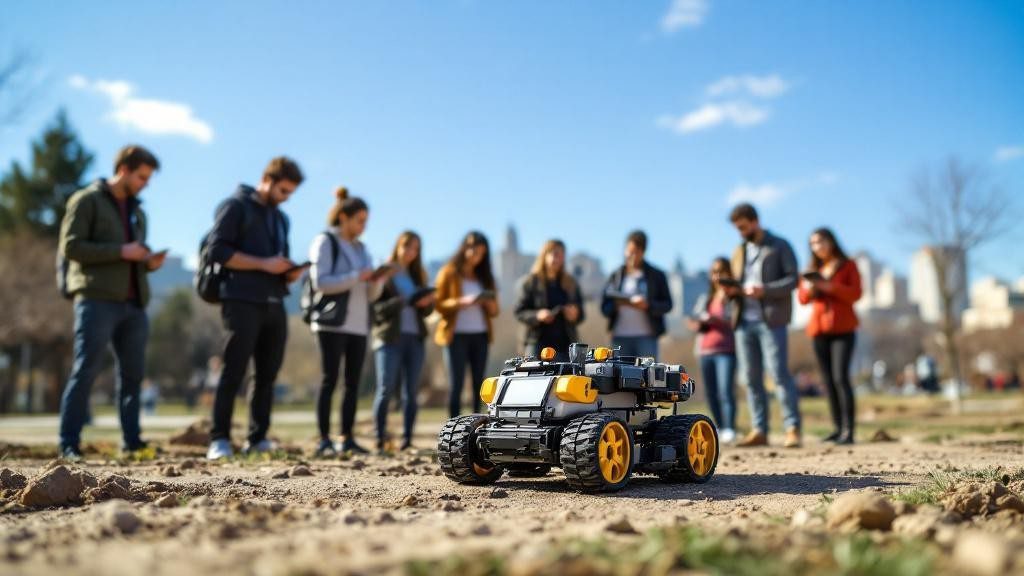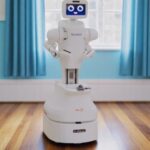In the aftermath of a devastating 7.8-magnitude earthquake that claimed over 55,000 lives in Türkiye and Syria in 2023, a remarkable transformation in disaster preparedness is taking shape through artificial intelligence and robotics innovations. Led by NVIDIA and the Bridge to Türkiye Fund, this technological revolution is empowering local talent to develop cutting-edge solutions for future crisis response.
Key Takeaways
- NVIDIA provided 100 Jetson Nano Developer Kits and $50,000 in grants, supported by $1.9 million in employee donations
- Ankara University developed an AI-powered unmanned ground vehicle for safer search-and-rescue operations
- Students at Hacettepe University created SLAM-equipped “Duckiebots” for navigating disaster zones
- Bilkent University researchers built a portable pathogen detection system using NVIDIA technology
- Multiple universities integrated AI and robotics training into their curricula to prepare future experts
Innovative Search and Rescue Solutions
According to the NVIDIA blog, the grant programme has yielded significant advances in disaster response technology. At Ankara University, researchers developed a modular unmanned ground vehicle equipped with thermal and RGB-D cameras, capable of detecting survivors while keeping rescue workers safe from hazardous conditions.
Educational Impact and Skill Development
The initiative has catalysed practical robotics education across Turkish universities:
- Hacettepe University students built and programmed autonomous “Duckiebots”
- Izmir Institute of Technology integrated NVIDIA resources into computer engineering courses
- Hands-on experience with CUDA and deep learning applications
Public Health Applications
Bilkent University’s contribution addresses post-disaster health challenges through a portable supercomputer cluster that can:
- Conduct rapid metagenomic analysis for pathogen detection
- Process environmental samples on-site
- Prevent disease outbreaks in affected communities
Future Implications
The programme’s success demonstrates how targeted technology investments can transform disaster preparedness. Key developments to watch include:
- Integration of AI-powered systems into standard emergency response protocols
- Expansion of robotics education programmes across more institutions
- Development of additional portable diagnostic tools for crisis situations
As these innovations mature, they set new standards for disaster readiness that could benefit vulnerable regions worldwide. The collaboration between international technology companies and local institutions proves particularly effective in addressing specific regional challenges while building lasting technological capacity.
News Source: NVIDIA Blog – Türkiye’s AI and Robotics Push for Disaster Readiness









